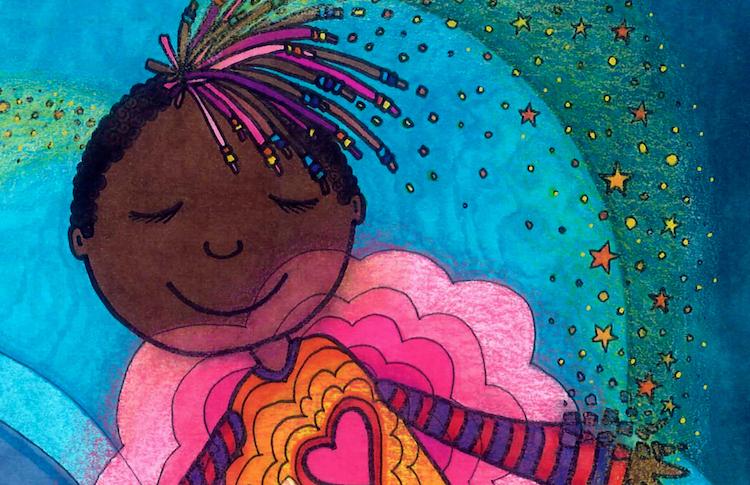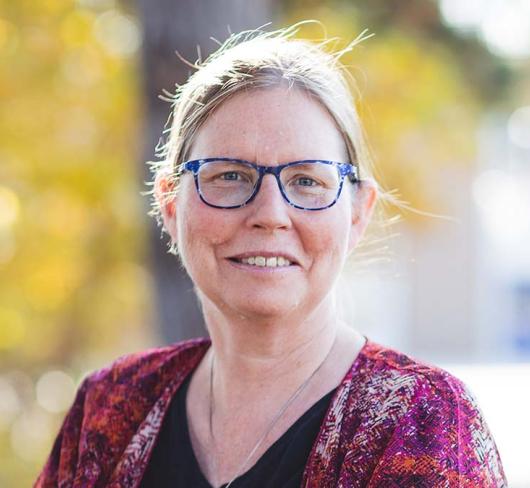
How to Become a Super Rad Gender Warrior Classroom Teacher
Gender is Not Binary
If this is news to you, it’s not your fault. Many of us grew up with the understanding that there are men, there are women, and that is it. We had boy’s toys and girl’s toys. There were jobs men did and jobs women did.
The very moment babies are born, their assigned sex is announced. For some of us, this assignment of sex as male or female matches our internal experience (“gender”). But for some of us, the assigned sex at birth creates confusion and/or dissonance. The assignment doesn’t match our internal gender experience. Gender is not in fact a binary, but a spectrum with masculine at one end, feminine at the other and androgynous or genderqueer somewhere in the middle. Given that there are different points on the spectrum, it’s no surprise that gender identity (one’s internal experience of their own gender) and gender presentation (one’s external presentation of their gender) can be fluid and not fixed.
For some folks, this is brand new territory. I admire those who can approach new ideas with openness. But I understand there is also a resistance to change. The resistance, when it comes to gender politics, often results in hesitation to use new language or old language in new ways, or to make changes to existing beliefs and systems in order to benefit a small segment of our community.
As educators, we play a critical role in beginning honest and open discussions with the goal of breaking down inherent stereotypes that have been systematically enforced for a very long time. It’s not always easy to confront internal biases or to bust apart systems we have always been told are factual. But it is necessary. And it is time. Education and empathy are critical to any social change.
Creating Safe Spaces
It behooves us to foster an environment of inclusivity in our classrooms. As such, it is essential to recognize that our LGBTQ students, in particular our transgender students, are at a substantial risk of harassment and bullying. According to the First National Climate Survey on Homophobia in Canadian Schools (2009):
“ 95 percent of transgender students feel unsafe at school compared to 20 percent of straight students.”
Harassment takes place in many ways from subtle prejudices, stigmatization, ridicule and shunning, to the denial of fundamental human rights such as the use of bathrooms, blatant aggression and hate crimes.
Trans people cannot take for granted what many others do, such as inclusion in sports and recreational activities and access to healthcare. They may experience stigmatization in their communities and within their families, in attaining employment and education, and even in just walking down a public street.
The unfortunate effect of these existing dangers is that many trans youth do not come forward with alternative gender presentations, limiting the expression of their true selves.
ETFO’s 80,000 members come from a wide variety of experiences, communities, cultures and politics so it makes sense that we have varying degrees of understanding about gender and comfort in talking about these issues. As a collective, though, we can establish some common goals to become super rad gender warrior classroom teachers. This list is a good place to start.
How to Become a Super Rad Gender Warrior Classroom Teacher
- Increase our understanding of language and terms.
- Increase awareness about homophobia, transphobia and heteronormativity occurring in the classroom and school.
- Unlearn stereotypes/myths/assumptions that we all have.
- Understand how gender expression, gender identity and sexual orientation are on a spectrum and can be fluid.
- Work together to address issues of discrimination, harassment and stigmatization.
- Create safe and inclusive learning spaces for individuals of all identities.
- Build confidence and comfort to speak up as an LGBTQ ally.
- Provide teaching strategies, materials and resources that model best practices to make classrooms and schools safer spaces.
Accepting one’s sexual orientation and gender identity should be an amazing and safe journey. Homophobia and gender-based violence are learned behaviours. As educators, we can change these behaviours. We can help to make all students proud to be who they are.
Alright. So now you’ve done your gender homework; you understand the language; you’re working on breaking down your own internal biases and stereotypes; and you’re feeling more confident to speak up about the issues. But you’re wondering how else you can shape your classroom to be as inclusive as possible. Here are a few ways to get you started:
Creating the All-Gender Friendly Classroom
- Hang up a Positive Space poster and a trans flag or poster in your classroom or door.
- Set ground rules in your classroom to ensure that everyone is always treated with respect and discourage all forms of bullying, discrimination and heteronormativity.
- Find out how transgender colleagues, students and parents would like to be addressed and honour their wishes. Use the pronoun they request.
- Do not make assumptions about the gender of your students, colleagues or parents.
- Apologize when you make a mistake about someone’s gender, but don’t make a big deal about it.
- Promote understanding and inclusion through age-appropriate education and discussion, using teachable moments wherever possible.
- Discuss scenarios with students that relate to issues non-binary folks face and brainstorm together ways to navigate the situations.
- Talk to your students about well-known trans people (i.e. New Zealand’s Georgina Beyer, the first trans person in the world to be elected mayor).
- Use trans-positive resources and/or point out heteronormativity in out-dated materials.
- Contemplate and/or write a short reflection about your understanding of gender and how you can confront any biases you may have. Have your students do the same.
- Post the rights of every member in your classroom.
Every Member of the Group Has the Right:
- To be free from discrimination and harassment.
- To have a safe and inclusive learning environment.
- To use the bathroom or change room they feel is the most appropriate.
- To dress in a way that feels right and safe for them.
- To be spoken to with their chosen name and gender pronoun.
- To be treated with dignity and respect and the recognition that all gender expressions and identities are a normal and healthy part of a spectrum.
- To present their gender in different ways at different times.
Shifts in language and understanding are underway and it is crucial that, as educators, we stay informed and stand as strong allies continually encouraging everyone in our communities to be the very best and most true versions of themselves. Our work is not over until each and every person feels safe.
Stay tuned for part 2 of the mini-series: A Trans Inclusive Self-Reflection. Looking for more? Ask your local to book the Gender and Sexuality 101 workshop and have one of our ETFO workshop presenters come to you!
Melissa Major is a member of the Toronto Occasional Teacher Local.

